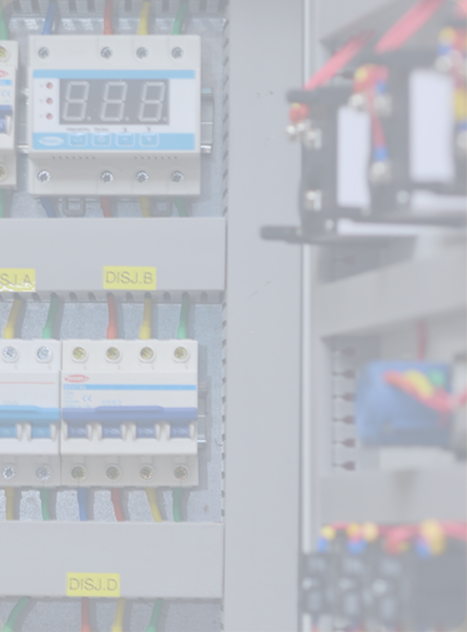One-Stop Purchase for All Low-Voltage Electrical Distribution Products and Lighting Products.
We pursuit correct and accuracy production, and improve our refine manufacturing mode. Every part we made is strictly according to the standard, to ensure product quality.




